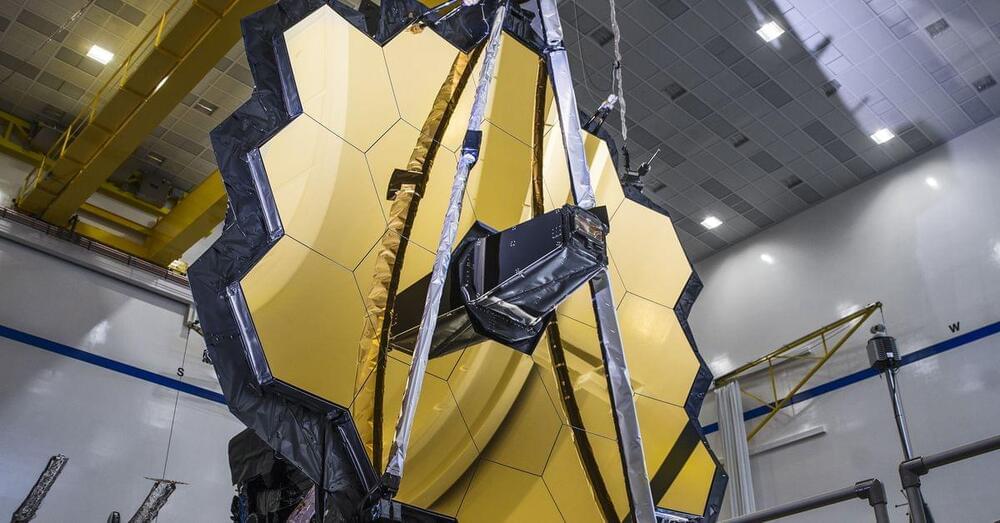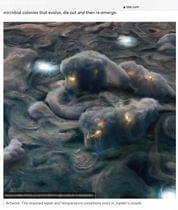
The question was whether something similar would hold in three dimensions. At his lab, Datta investigates such questions using glass beads that mimic see-through soil or sediment. “There’s this quote from the great American philosopher and baseball player, Yogi Berra: ‘You can observe a lot by just watching,’” he said. “I think that’s my entire research program in a nutshell.”
Datta and his co-investigator Christopher Browne introduced their own fluorescent microparticles into polymer-containing fluids, then filmed the movement of the complex fluids through their setup. As the flow rate increased, the liquid began to tumble and loop back on itself, first in a pore or two, then in several more, and eventually in all the pores. The researchers knew that this had to be elastic turbulence because the influence of inertia in these substances was extremely low, at least a million times below the typical threshold for inertial turbulence’s appearance. Their findings appeared on November 5 in Science Advances.
Datta is most excited about potentially harnessing elastic turbulence to clean dirty groundwater. Researchers have tried to clear up polluted underground aquifers by pumping a polymer-containing fluid into them, which should force the water through underground rocks that trap the contaminants. The new work could help researchers formulate the fluids to better accomplish such a task, Datta said.

















